The Top Foods Proven to Flatten Your Belly

Struggling with belly fat? You're not alone. Belly fat, particularly visceral fat, can be stubborn and harmful to your health. But the good news is that the right foods can help you flatten your belly faster than you think. By incorporating certain nutrient-packed foods into your diet, you can target belly fat, reduce inflammation, and boost your metabolism. In Zero Belly Diet, we uncover the foods that have been scientifically proven to melt away belly fat and help you achieve a leaner, healthier body. Ready to see results? Here are the top foods that can flatten your belly and improve your overall health.
Avocados
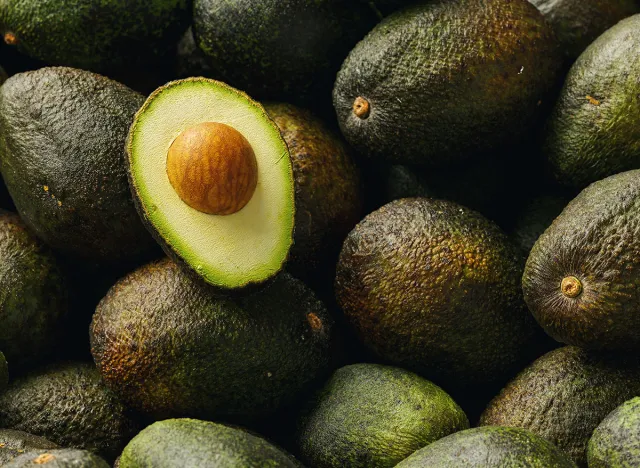
Avocados are rich in monounsaturated fats, which help reduce belly fat by improving fat metabolism. These healthy fats also curb cravings and help you feel full, preventing overeating.
Leafy Greens
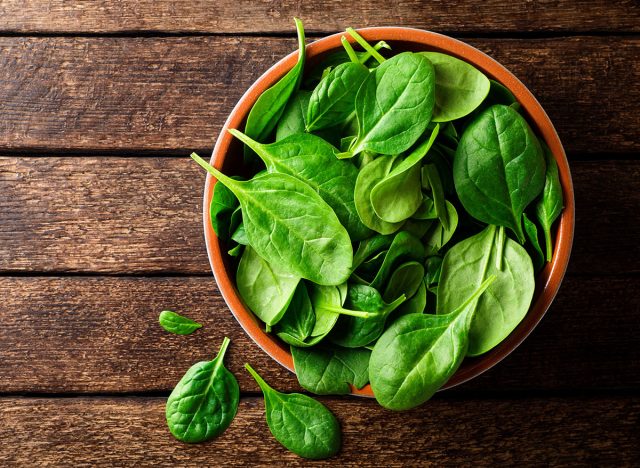
Spinach, kale, and other leafy greens are low in calories but high in fiber, making them perfect for reducing bloating and aiding digestion. Their nutrient density helps keep your metabolism running smoothly, leading to faster fat loss.
Berries
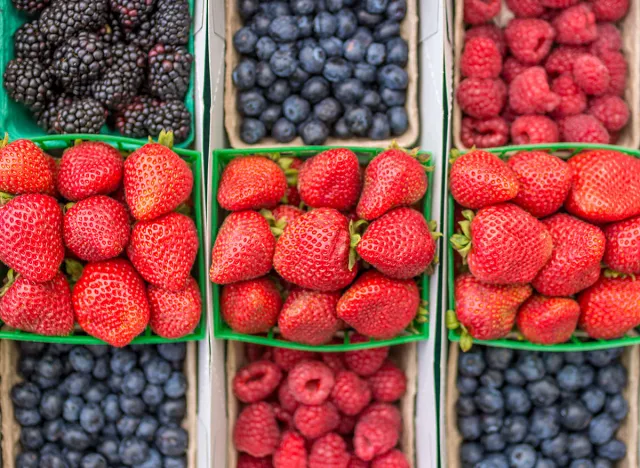
Berries like blueberries, raspberries, and strawberries are packed with antioxidants that fight inflammation and reduce fat storage. Their high fiber content also helps keep you feeling satisfied and supports a healthy gut.
Eggs
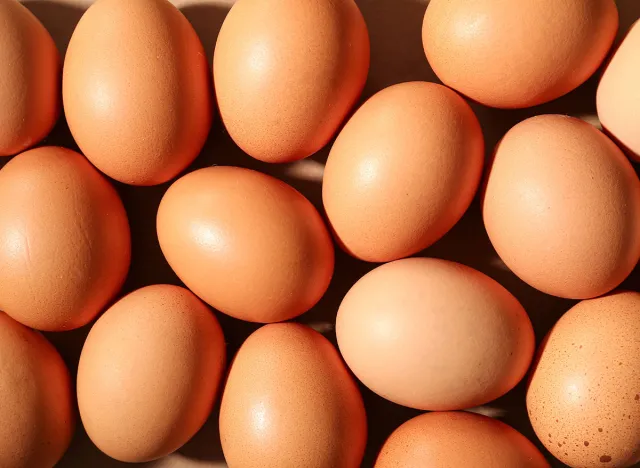
Eggs are a powerful source of protein, which helps build lean muscle and boosts your metabolism. They also contain nutrients that support fat loss, particularly around the belly area, making them a top choice for a flat belly.
RELATED: 28-Pound Weight Loss in 4 Months: 6 Habits I Quit for Success
Greek Yogurt

Greek yogurt is rich in probiotics, which promote gut health and reduce bloating. It's also a great source of protein, helping to curb hunger and stabilize blood sugar levels, which are key for belly fat reduction.
Salmon
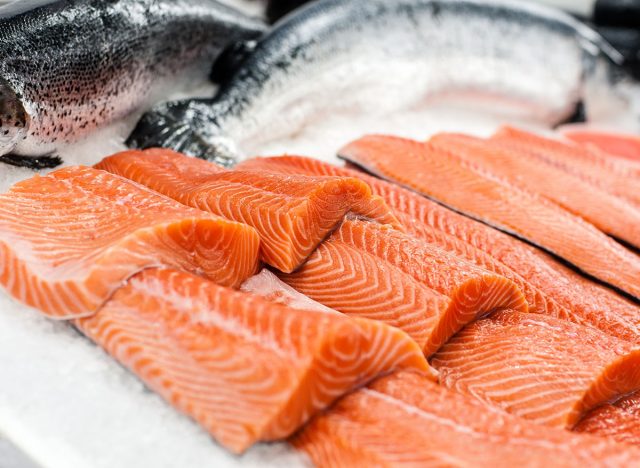
Salmon is full of omega-3 fatty acids, which help reduce inflammation and promote fat burning, especially around the belly. These healthy fats also support muscle growth and overall metabolism, making salmon a belly-flattening powerhouse.
Almonds
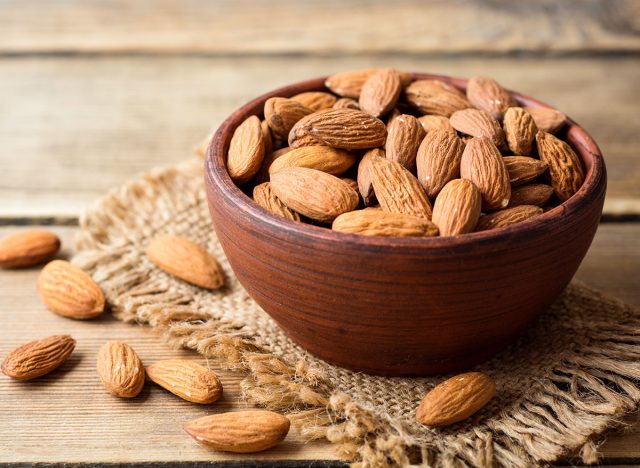
Almonds are packed with healthy fats, fiber, and protein, all of which help reduce belly fat. These nuts keep you full longer and prevent blood sugar spikes, which can contribute to fat storage.
RELATED: 10 Foods and Drinks I Eat Every Day to Lose Cellulite After Losing 45 Pounds
Oats
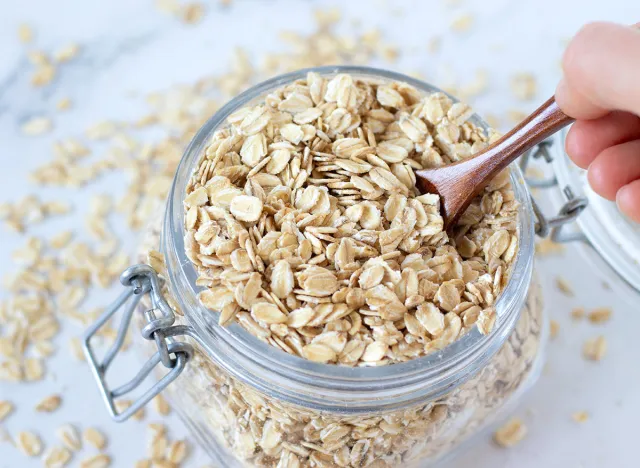
Oats are a high-fiber food that helps regulate digestion and keeps you feeling fuller for longer. They stabilize blood sugar levels, reducing the chance of storing fat, particularly in the belly region.
Green Tea
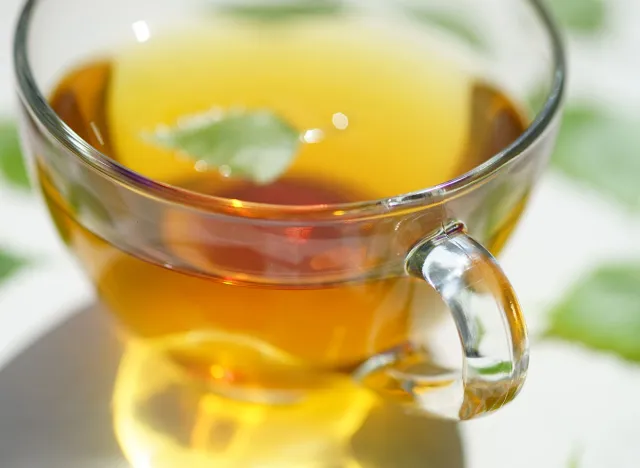
Green tea contains catechins, antioxidants that boost metabolism and promote fat burning. Drinking green tea regularly has been shown to specifically target visceral fat, making it an effective addition to your belly-flattening diet.
Beans and Legumes
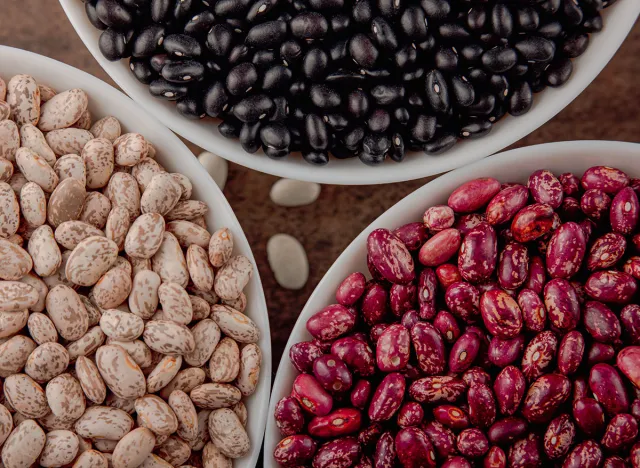
Beans and legumes are excellent sources of plant-based protein and fiber, which help reduce belly fat by keeping you full and stabilizing blood sugar levels. They also promote a healthy gut, which is crucial for digestion and fat loss.
RELATED: I Dropped 100 Pounds as a Dietitian and These Are 5 Surprising Things I Learned
Apples
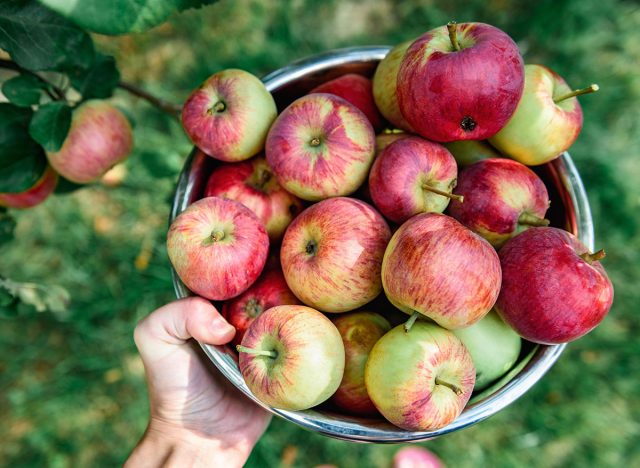
Apples are rich in fiber and low in calories, making them great for keeping hunger at bay. They also contain polyphenols that target fat cells and help reduce belly fat, making them an easy, on-the-go snack for weight loss.
By incorporating these top foods into your daily routine, you'll not only flatten your belly but also improve your overall health, giving you lasting results. And if you enjoyed this article, take advantage of these 15 Quick Ways to Lose Body Fat Percentage in a Week.




